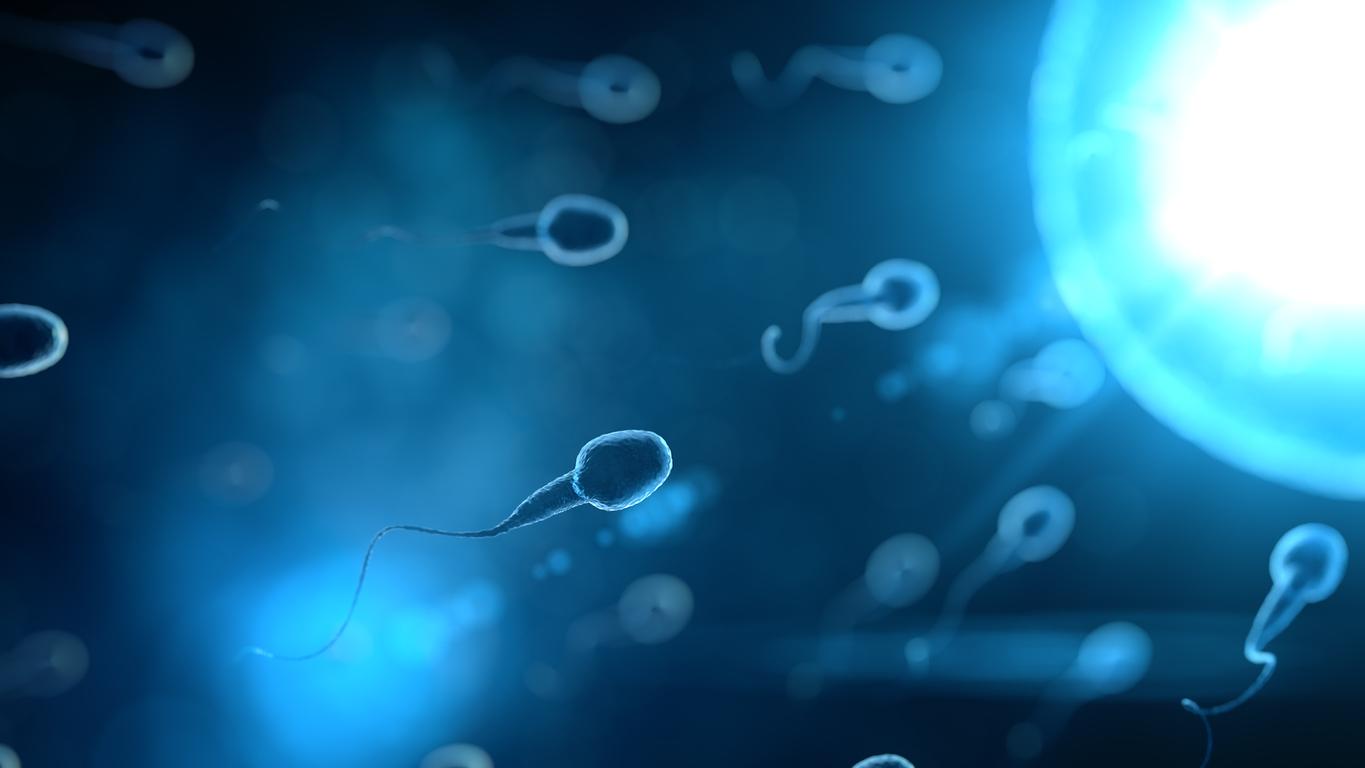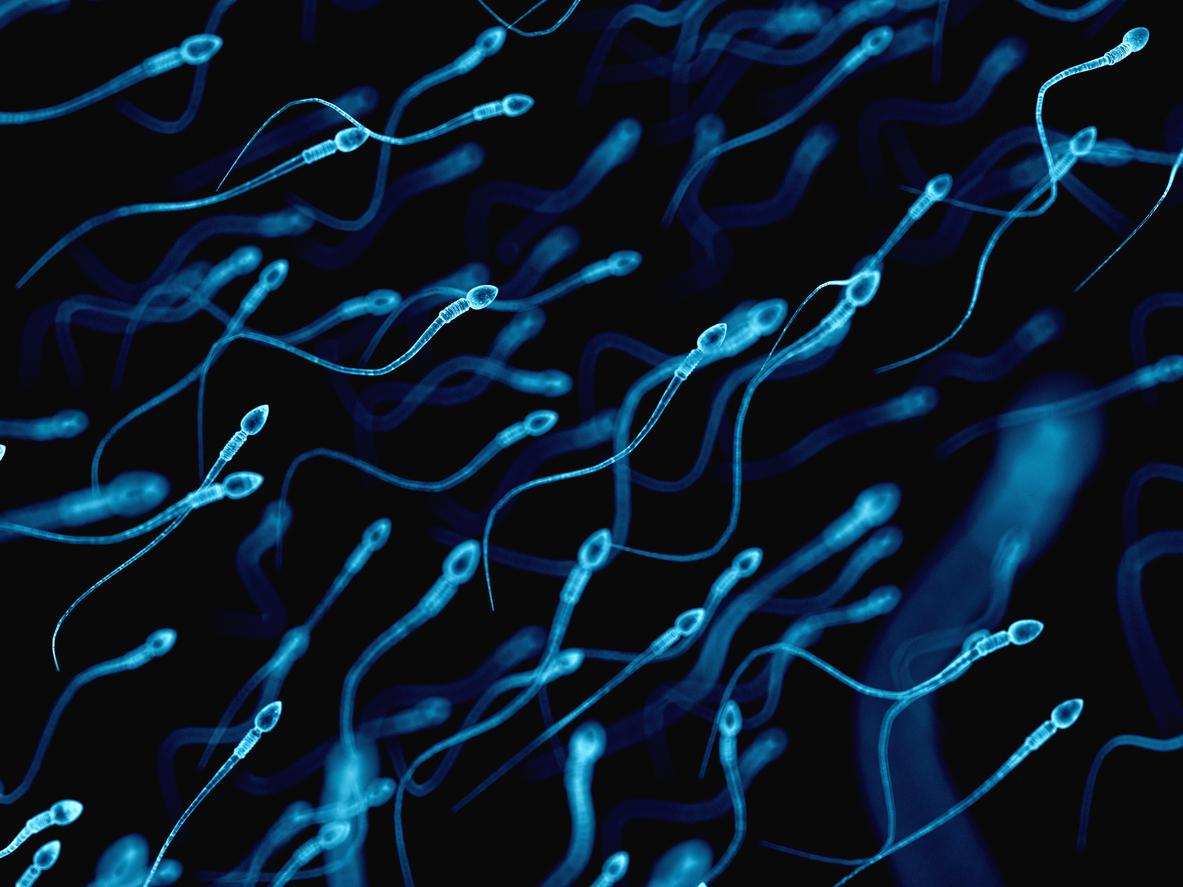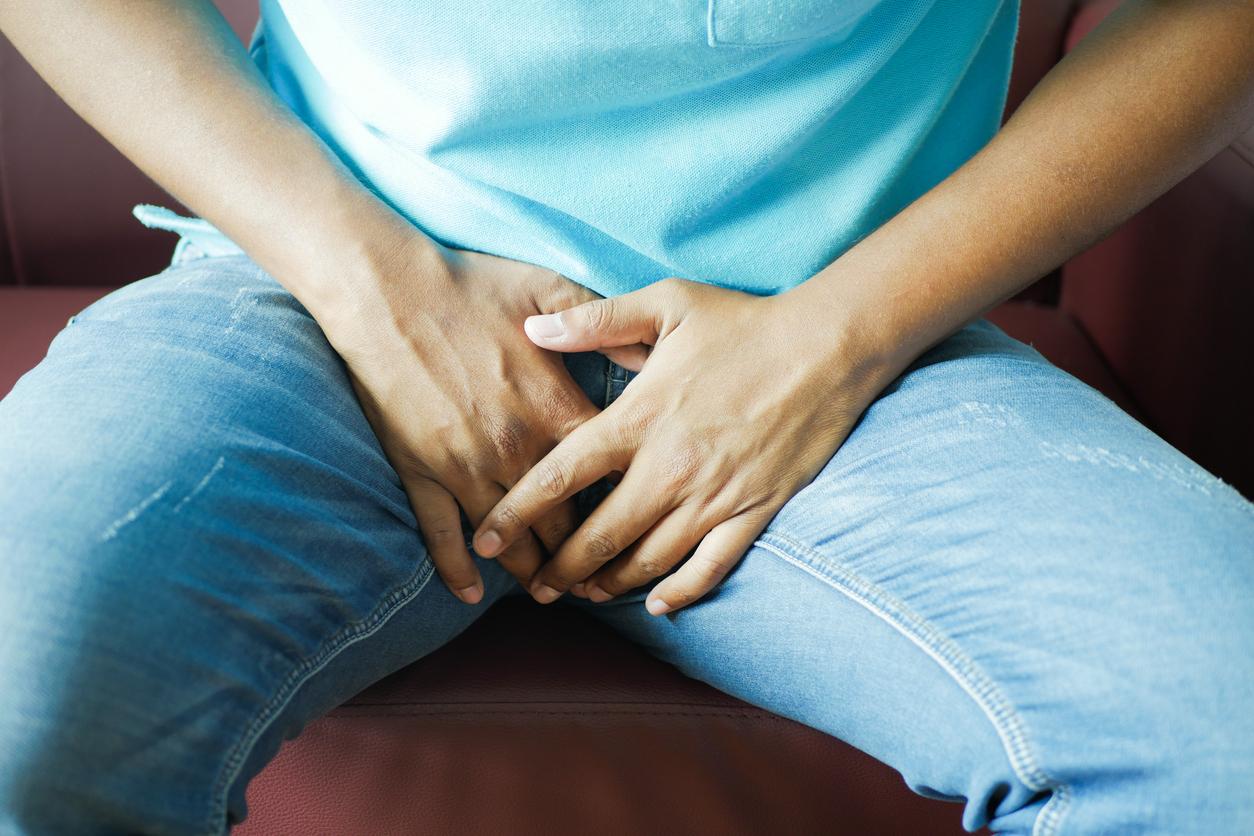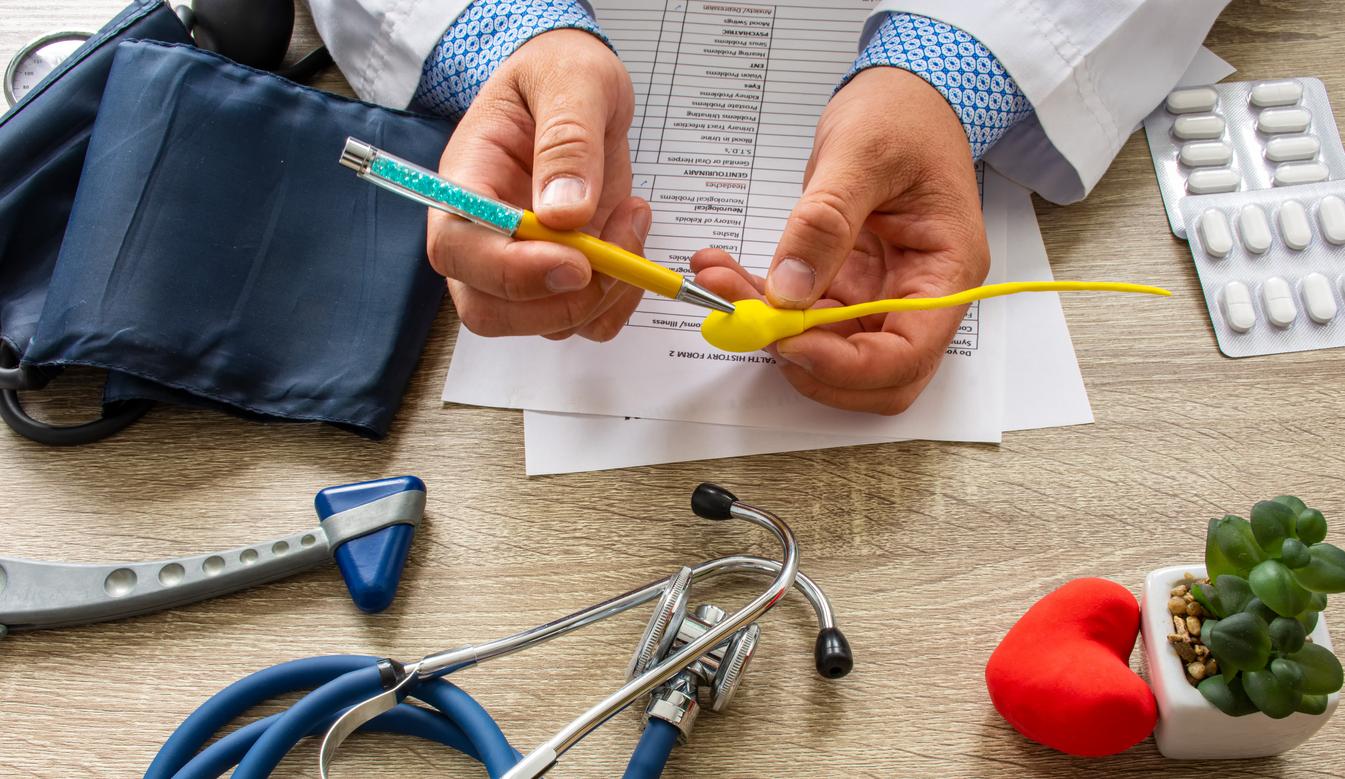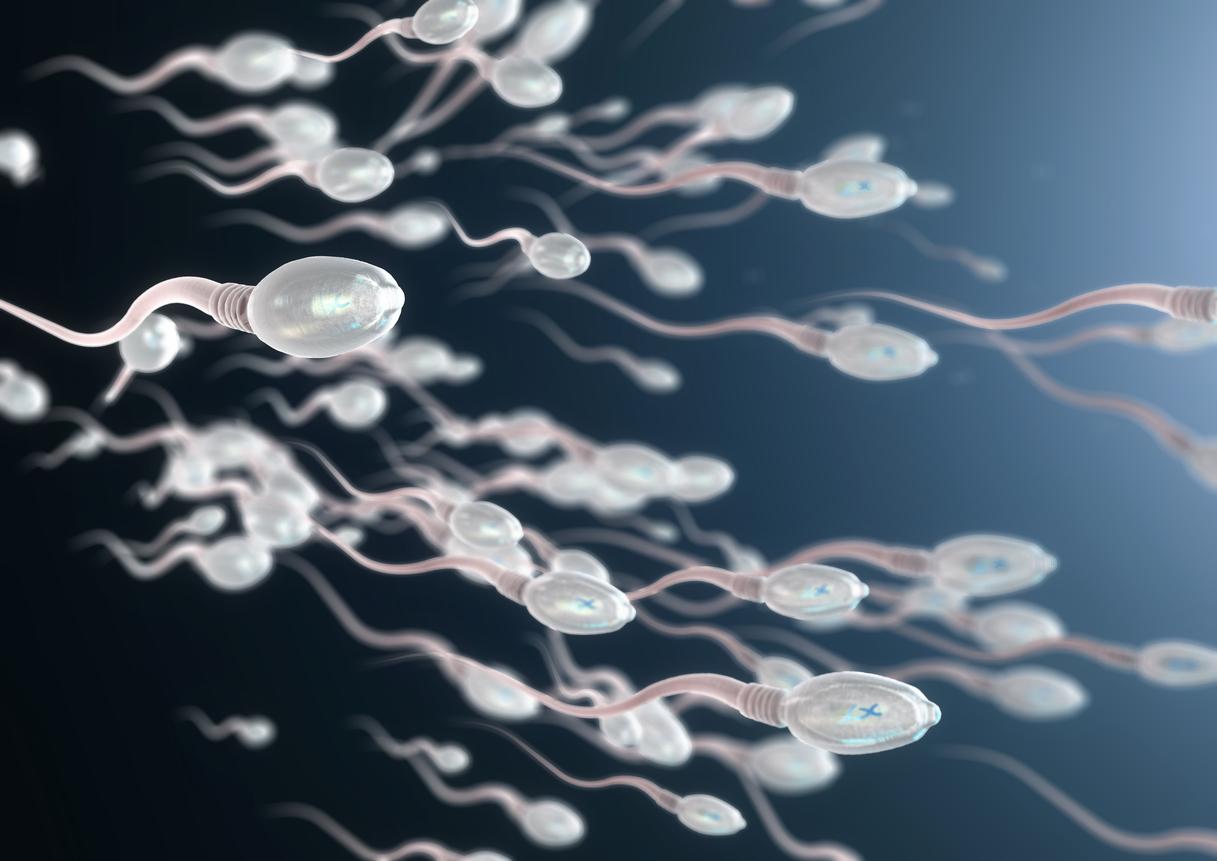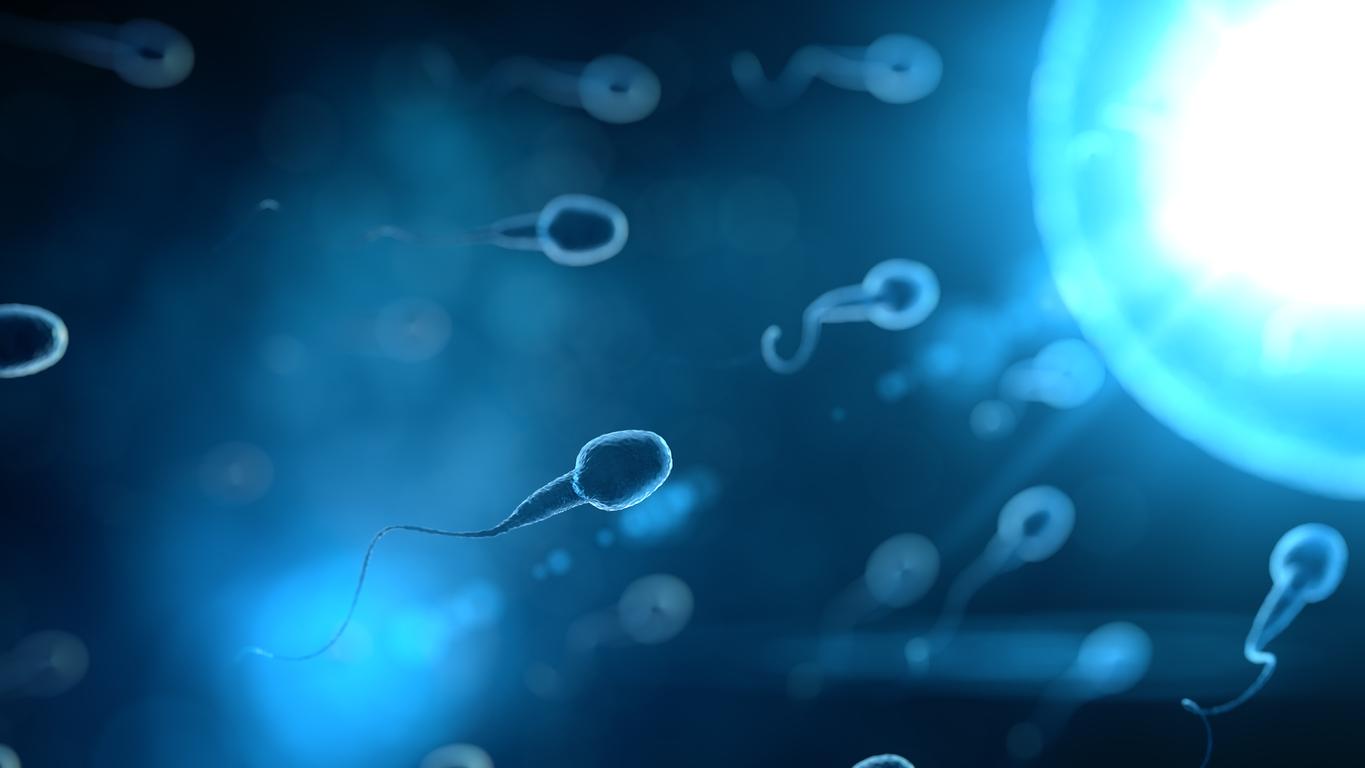Significant regional disparities in terms of access to assisted reproduction are noted in the latest annual report from the Biomedicine Agency, covering the activities of 2014.
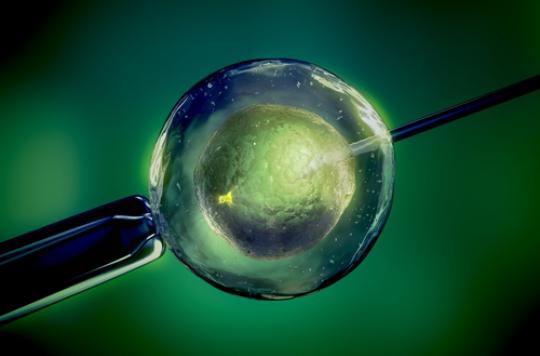
Scientific father of Amandine, the first French test-tube baby, and dozens of other children conceived in vitro, Pr Réné Frydman, gynecologist-obstetrician, takes a positive look at the evolution of reproductive medicine. Recently interviewed in whydoctor, he confided: “on a technical level, there have been great advances such as the freezing of oocytes. We also learned a lot about the embryo and male sterility, the genetic approach. Nevertheless, we are still far below what we would like since the success rate is around 25 to 30% depending on the age of the women”.
But beyond this problem of effectiveness hides another reality for the women who use it: significant regional disparities in terms of access to Medically Assisted Procreation (AMP), formerly called PMA, are again noted in a report published this Thursday by the Biomedicine Agency (ABM).
Unequal access times…
Concerning the year 2014, the activity PMA is related to the population of women aged 18 to 45 for each region. The Biomedicine Agency notes regional disparities ranging from 0.3 to 7.2 inseminations and from 1.7 to 7 fertilizations in vitro per thousand women.
Regions with significant insemination and fertilization activity in vitro are Ile-de-France, Pays de la Loire, Rhône-Alpes, Brittany and PACA. “These data reflect the activity of the regions, but do not take into account the flow of patients whose places of residence are far from the centers”, immediately warns the Agency.
But she immediately cites a previous cartographic study recalling that only 4.7% of Ile-de-France residents aged 20 to 44 live between 30 and 60 minutes from an ART centre. Conversely, 54% of women are in this situation in Picardy.
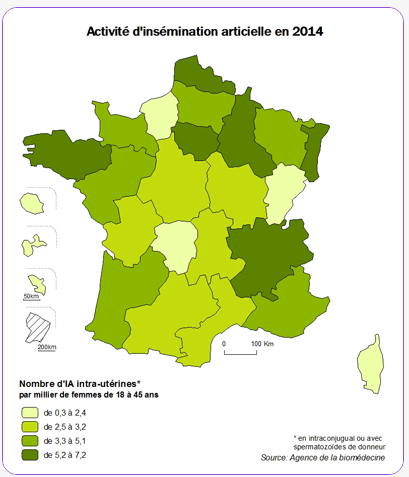
Up to more than 90 minutes sometimes
“This high rate is explained by the homogeneous dispersion of the population in the region, linked to urban sprawl and its mix with rural areas,” she writes. The Agency concludes: “by adding the population component, some of these territories appear to be in relative difficulty”.
She cites Burgundy, for example, where 30% of women of childbearing age live less than 30 minutes from the nearest ART center (residents of the Côte-d’Or) but where 25% live between 30 and 60 minutes and 45% to more than 60 minutes from north to south of the region.
Ditto in Champagne-Ardenne which presents comparable characteristics with 19% of women located between 30 and 60 minutes from a centre, 36% more than 60 minutes away.
But the situation is even worse elsewhere where women are more than 90 minutes from an ART centre… This is the case of a vast area of the Alpine massif for example. A constraint to double because the return journey home is not taken into account here!
Children born after ART
According to INSEE, in 2014, 818,565 newborns were born in France. Children conceived after ART carried out in 2014, numbering 25,208, represent 3.1% of children born in the general population that year. This rate is increasing slightly (2.6% in 2009, 2.7% in 2010, 2.9% in 2013). One in 32 children therefore came from AMP in 2014.
In more detail, the Biomedicine Agency notes that 5.4% of children conceived by AMP were born thanks to a donation (1,372 children). 4.4% of children come from sperm donation (1,107 children), 0.9% from egg donation (239 children), 0.1% from embryo reception (26 children ).
It can thus be estimated that in 2014, in the general population, nearly 1 in 625 children was conceived thanks to a donation of gametes or embryos. And among the 25,208 children born from ART performed in 2014: 26% (6,567 children) were conceived by intrauterine insemination, the simplest, least invasive and least expensive ART. Intrauterine insemination here confirms its place in the panel of infertility treatments, 18.6% (4,680 children) are the result of embryo freezing. This constantly increasing number (16% in 2013, 14% in 2012) testifies to the growing role of deferred frozen embryo transfers in the management strategy for couples undergoing ART.
.







